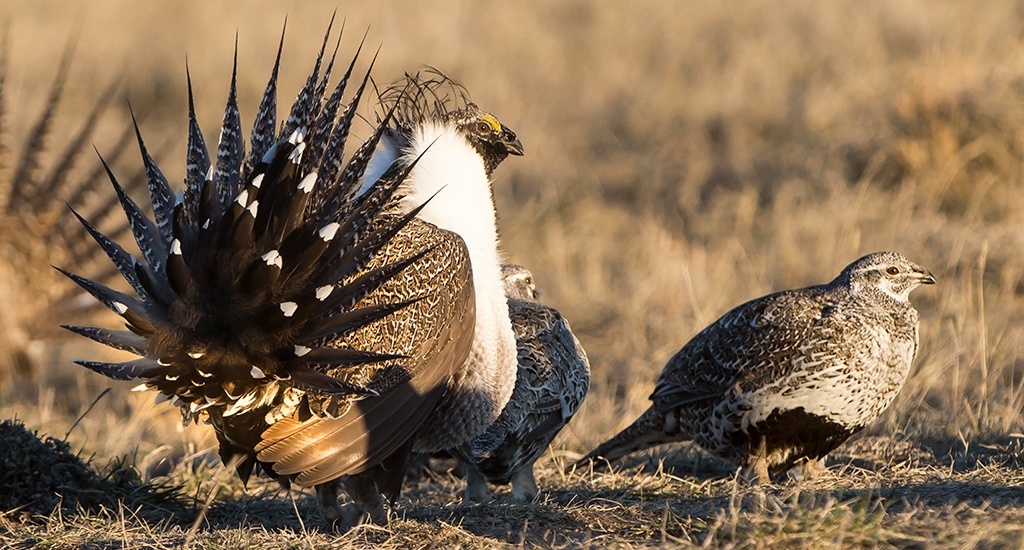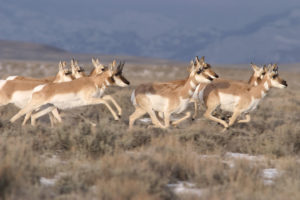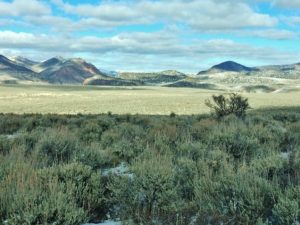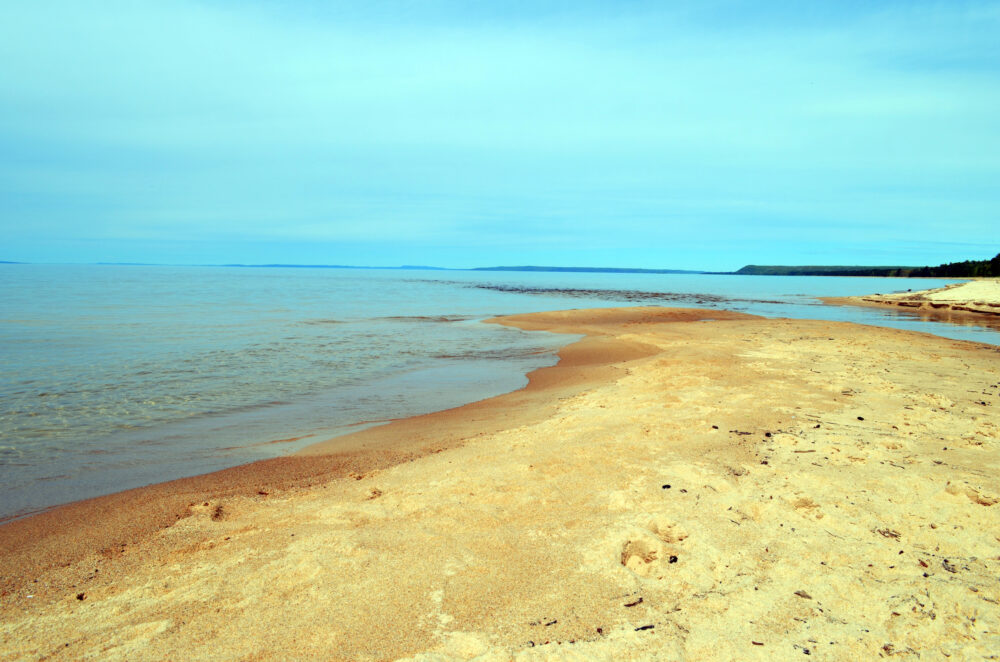We have much more to do and your continued support is needed now more than ever.
Give Sage-grouse a Home on the Range — Not in a Cage

Sagebrush — that’s just the scrubby vegetation you have to drive through to get to the pretty pine trees and the mountains, right? Who cares what happens to it? Well, greater sage-grouse and more than 350 other species do because they have nowhere else to go. And so do the sportsmen and women, hikers, ranchers and wildlife watchers who care about the wildlife and the outdoor activities supported by sagebrush lands.
Other wildlife dependent on sagebrush lands include mule deer, pronghorn, elk, bighorn sheep and golden eagles.
Sage-grouse are already in serious trouble. They’ve lost half their habitat and more than 90 percent of their numbers.
In 2010, the U.S. Fish and Wildlife Service – FWS – found that the bird warranted protection under the Endangered Species Act. And that sparked a huge effort across the West to try to pull the bird and its habitat back from the edge. For the next five years, FWS worked with states, local communities, private landowners and other stakeholders to develop effective measures to protect the bird.
The U.S. Forest Service and the Bureau of Land Management – BLM – designed conservation schemes for the sage-grouse habitat they manage, adopting changes to 98 of their land use plans. On the basis of these actions, FWS’s status review in 2015 concluded that ESA protection for the greater sage-grouse would not be necessary. It was not too late to restore the bird and its home on the range and sustain its future in the West.

But BLM and the Forest Service have had little chance to put these plans to work. Already, members of congress are seeking to “fix” the Endangered Species Act so that the law would no longer provide protection for these little birds no matter how much they might need it. Legislation has been introduced that would arbitrarily prohibit FWS from listing sage-grouse as endangered for more than a decade. The legislation would also empower states to block implementation of the Forest Service and BLM habitat conservation plans.
Meanwhile, Secretary of the Interior Ryan Zinke has announced a review of those same habitat conservation plans that, if fully implemented, could help rebuild the bird’s population. Concerned the plans might impose burdens on oil and gas drillers operating on public lands, Secretary Zinke wants to explore alternatives, including what he calls “creative approaches” such as captive breeding.
So, instead of sustaining their home on the range, the Interior secretary wants to grow sage-grouse in a cage.
But where will these caged birds go once their breeding grounds are covered with well pads and roads? The goal of captive breeding plans normally is reintroduction back to the wild. Where will the grouse be released?

Reintroduction is realistic only when habitat protection is an integral part of the overall conservation strategy. A species cannot be successfully reintroduced unless the factors that led to its decline in the wild have been identified and eliminated – or at least greatly reduced – and suitable protected habitat exists. That’s what FWS found was provided primarily by the Forest Service and BLM conservation plans that Secretary Zinke is now opening up for a second look.
Admittedly, captive breeding may be the only choice for species that are extinct or nearly extinct in the wild. The primary goal of the sage-grouse conservation efforts undertaken across the West, however, has been to avoid such a drastic fate for the birds. Let’s give those efforts a chance to work, before we resort to farming and cages. Saving that scrubby sagebrush will also preserve the wild home of 350 other species.
Please let Secretary Zinke know captive breeding is not the answer by retweeting and liking the following tweet:
. @SecretaryZinke #sagegrouse need a home on the range, not a life in a cage. Captive breeding is not the answer. https://t.co/9j8RLe8boV pic.twitter.com/M2MTxN9lRa
— National Wildlife Federation Outdoors (@NWFoutdoors) June 28, 2017





















